#carrick
Explore tagged Tumblr posts
Text
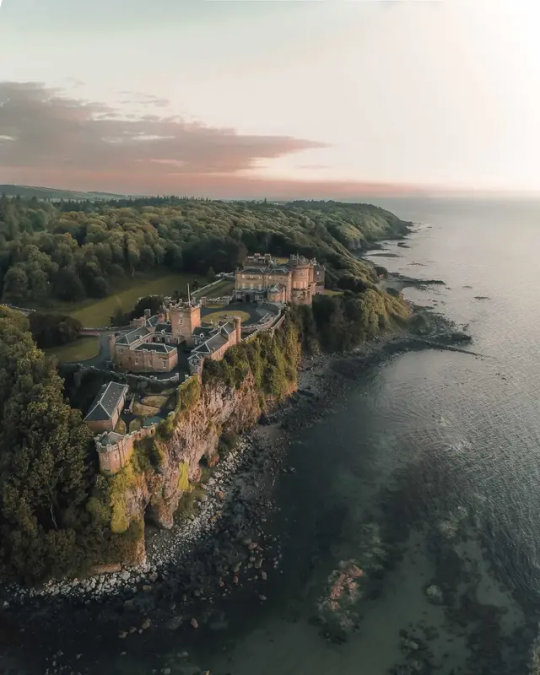
Culzean Castle, Firth of Clyde, Carrick, in South Ayrshire, Scotland,
Craig O’Neill Photography
#art#design#architecture#history#luxury lifestyle#style#luxury house#luxury home#castle#culzean castle#scotland#ayrshire#carrick#firth of clyde#maybole#craig o'neill#beach house#aerial photography
1K notes
·
View notes
Text

CULZEAN CASTLE - SCOTLAND
#culzean castle#castillo#culzean#maybole#firth of clyde#carrick#ayrshire#scotland#escocia#united kingdom#reino unido#europe#europa
110 notes
·
View notes
Text
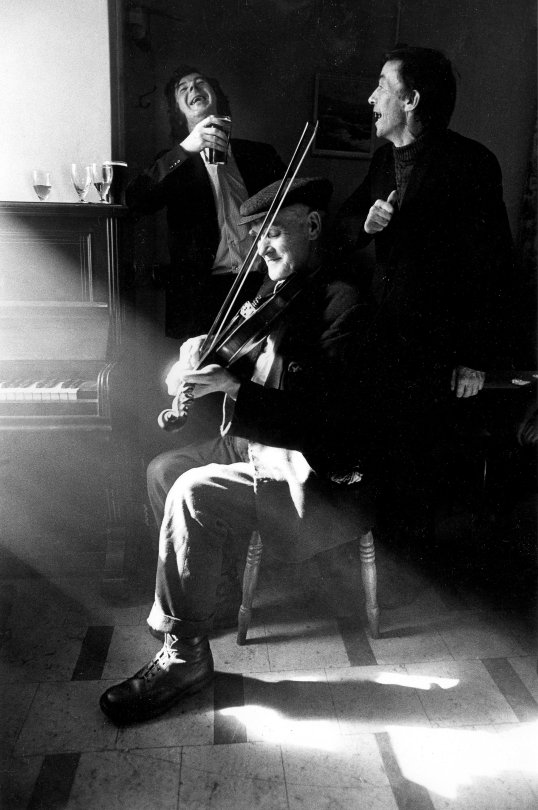
Fiddler's Light. Carrick, County Donegal, Donegal. 1974
Photo: Jill Freedman
79 notes
·
View notes
Text
Carrick was a man of habits. This was his time to go to the market. Rhys sat up straight, sure that he would spot Carrick soon. Rhys goes to the market to get a kiss
Market Day
Fandom: The Witcher (Video Games) Rating: G Words: 1021 (complete)
written for OC Kiss Week 2025, for the prompt Reunion
Read it on AO3 or Squidgeworld
Fluff
Kissing
OC Kiss Week
OC Kiss Week 2025
Original Character-centric
Original Character(s)
Reunions
This is Carrick (art by E Hanby)

this is Rhys (art by E.K. Weaver), the bear is called Artrì (but he's not in the story)

#ockiss25#oc kiss 2025#oc kiss week#rhys morgan#carrick#carrick x rhys#dai writes#original characters#ocs#market day
7 notes
·
View notes
Text
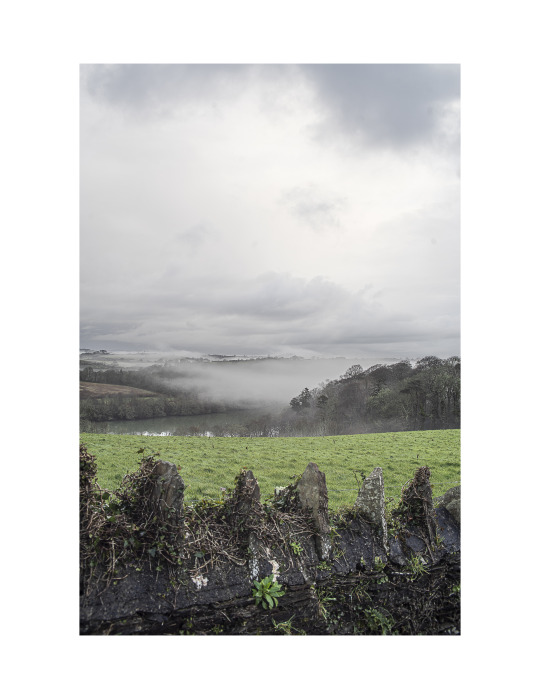
Carrick Roads, from Trelissick, uk
44 notes
·
View notes
Text

Project Carrie
Carrick (Carrie) update
Doing great enjoying his car ride to the doggie field so he can run around freely.
Weighing in at 28kg a lot better than his low 17kg when he was sick back in January. Thanks to Rose Cottage Veterinary and Liverpool small animal hospital.
By J Kenny
Snapshot Taken with an iPhone XS
#john kenny#black and white#goldenfrogstudio#golden frog studio#photographer#photography#black and white photography#iphone xs#iphone photography#iphone#iphonography#project carrie#Carrick#bullboxer#staffordshirebullterrier#boxerxstaffy#boxer#october#2024#car ride#Liverpool#liverpool small animal veterinarian hospital#Rose cottage veterinary clinic#thank you#thankful
3 notes
·
View notes
Text


Carrick - Monster Strike
2 notes
·
View notes
Text
Take the Ball Pass the Ball: The Making of the Greatest Team in the World (2018)

#documentary#2018#barcelona#fc barcelona#barça#guardiola#messi#xavi hernandez#andres iniesta#henry#puyol#carlos valdes#sergio busquets#mascherano#abidal#eto'o#gudjohnsen#capello#carrick#Take the Ball Pass the Ball: The Making of the Greatest Team in the World#pep guardiola
6 notes
·
View notes
Text
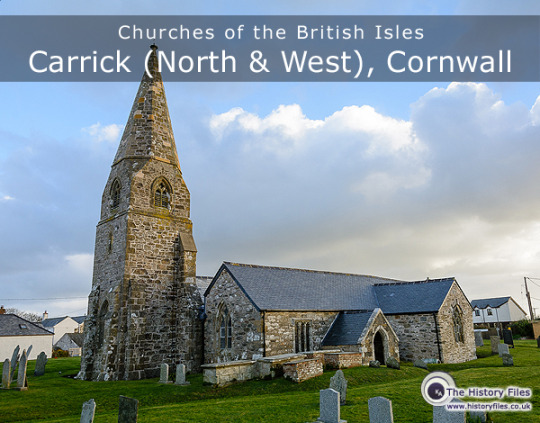
Churches of Cornwall: a picture gallery showcasing several churches in Carrick in Cornwall, in this series which is designed to be part of an all-inclusive set of photos of all churches:
2 notes
·
View notes
Text

redesigned some furry ocs from when i was like 16-17?? i do not remember anything about them. aged and scruffed! except for millard the albatross he looks almost exactly the same
#ocs#my art#carrick#millard#sacha#furry#character design#anthro#mod#exie#i know that carrick blew up millards family and millard is trying to kill him and exie makes cool prosthetics and is trans and#pretends she doesnt know carrick and idk why sachas so beaten up but hes a kind coward#and the dog is davie and he is coworkers with the cat and theyre gay i think#davie#ethaniel
2 notes
·
View notes
Text
FOURTEEN
The Stinchar, descending from its interior heights, winds through a vale of which the scenery is, in my mind, unequalled, in wild beauty, by anything else in Scotland; and falls at last into the sea at Ballantrae.
ROBERT HERON, A Topographical Description of Scotland (1797)
AS OUR BUS rattles up the road that hugs the western sea, a large vehicle with four laughing men in it whistles past us towards Kennedy’s Pass, fishing rods sticking out of a side window like aerials. They may well just be off the Irish boat.
Fanning its tail behind it like a hand of cards, a kestrel floats on the breeze above the raised beach of Ballantrae and rides the sky beyond one of the oldest industrial buildings in Scotland, a windmill built in 1696. The weather here on the south Ayrshire coast has downgraded itself from unsettled to changeable and six stolid cows gather at a gate, clearly expecting rain more than the Met Office does.
A madcap aristocrat used to fly a biplane on the breezes here. In March 1928 Time magazine wrote of the daughter of Viscount Inchcape, head of P & O Ferries:
‘Dark, not unattractive, graceful, habitually well-gowned and bejeweled, Miss Mackay was the envy of most women. Her silver Rolls-Royce flashed by at breakneck speed. Her horses invariably galloped.’
Elsie Mackay was born in colonial India and was bred on the family estate at Glenapp castle, a mile and a half south of Ballantrae (the castle is reportedly where Churchill and Eisenhower planned D Day). In 1917 she eloped with Denis Wyndham, a South African actor, and after the war she became the silent screen actress Poppy Wyndham. The marriage lasted five years, whereupon she was welcomed back into the family fold. Her father prayed she would buckle down to the cushy life of an aristocrat, but she gained her pilot’s licence in 1923 and, five years later, she made off with a one-eyed war hero, Capt. Walter G. R. Hinchcliffe, to fly across the Atlantic against the prevailing winds. They took off from snowbound Cranwell aerodrome in England, but they were never seen again beyond the Irish coast. A crowd of 5,000 stood all night at Long Island, New York, waiting for them, but they never landed. Only a slither of debris was ever found. While they were missing, the New York Times stated: ‘Every luxury money commands has not satisfied Lord Inchcape’s daughter in her thirst for adventure.’


Time reported three months later: ‘Since the death of Elsie Mackay is now presumed, her father, mother, brother and sisters presented her residual estate of £500,000 to the British Exchequer, last week, announcing that they ‘have no desire to profit from her death’.’
Shrubs were planted in Glenapp, so that the name Elsie could be read from the sky. Nature has erased her name, but she is commemorated in a stained-glass window in the chancel of the church at Ballantrae. There is the inevitable ghost story. There are some who claim the steel-nerved socialite haunts the corridors of Glenapp Castle. The industrialist James Hunter built the castle as his home on ground he had purchased from the Earl of Orkney. It passed to the wealthy Mackays in 1917. In 2015 the castle was acquired by Paul and Poppy Szkiler. Paul is the Chairman of the Truestone Group. They have upgraded it into a luxury hotel.


As if to pay homage to the late aviatrix, the Monte Carlo rally passed through Ballantrae in 1961. It was the one and only time: the fact that an over-zealous policeman charged 10 drivers with speeding may have had something to do with that.
Nowadays visitors to the hotel can sail up and down the rugged coast accompanied by the resident falconers and Ripley, the resident sea eagle.
Fishing and farming fed the villagers of Ballantrae for generations, as did wholesale smuggling, and Robert Burns met many local smugglers when he was a boy in Ayrshire; he wrote to Dr John Moore, of Mauchline, of the smugglers’ ‘swaggering riot and roaring dissipation’. In his History of the Counties of Ayr and Wigtown (1863) James Paterson tells us boats with 30 guns had once landed their cargoes in Ballantrae, while a hundred ‘lintowers’, some of them armed with cutlass and pistol, conveyed the goods ‘by unfrequented paths through the country and even to Glasgow and Edinburgh’. Cellars were dug in kitchen floors along the coast and there were holes and caves stuffed with contraband. There is an apocryphal story that a farmer’s wife made porridge with brandy one morning and only realised her mistake when there was a noisy demand for seconds.


Ballantrae, whose original name was Kirkcudbright-inner-Tig, is a now a one-horse town along the A77, albeit with a sand and shingle beach and hulking dark rocks haunted by terns, sandpipers, cormorants and kittiwakes. The laybys here attract twitchers in quest of rare birds. Porpoises, grey seals and basking sharks pop up too now and then, but they are hiding today.
I’d a nap in a layby along this bracing shoreline after watching shags shimmying across sea-sculpted stones; I woke to a seabird symphony, and the daybreak splendour of the islet of Ailsa Craig surfacing from the water. Alas, I hadn’t dandered ten yards along the foreshore before I stood on a blackened heap of empty pop cans, wet wipes, polystyrene receptacles, half-consumed packets of a snack called Ringos, and what looked suspiciously like a condom. Who would defile this splendid coastline? What bampottery drives you to set fire to lemonade tins? And what would Elizabeth Anderson Gray have made of it all? It was along these picturesque shores that this local heroine spent her whole life collecting and classifying fossils. By the time of her death in 1925 she had extensive collections in several British museums.
Think The Wrong Turn meets The Texas Chainsaw Massacre meets The Silence of the Lambs and you’re getting close to the tale of Sawney Bean, who, tourism marketeers have long informed us, lived in a cave north of Ballantrae; that he was the head of a family of mutant monsters who waylaid travellers, robbed and murdered them, and then ate the evidence. There are tales of caves full of pickled and salted arms, legs, and other human body parts. Reportedly the male fiends were finally dismembered in front of the women, then the women and girls were burnt in a bonfire, but there is no historical record. There is a theory that the arch-Unionist and English spy, Daniel Defoe, put the story out to disparage Scotland.
An anonymous contributor to the online history group Ayrshire Notes observed in 2002: ‘The story cannot be traced beyond the 18th-Century equivalent of the Sunday Sport, so is it worth pursuing at all? I can think of no sound reason for doing so other than gratuitous and morbid titillation. What is most reprehensible about all this is that the myth is popularized as part of a despicable conspiracy of the heritage industry, tourist agencies and local authorities to turn parts of Scotland into little more than gruesome theme parks. If peddling the Sawney Bean story attracts tourists to Carrick, surely, they are the wrong kind of tourists.’
Ouch!

There is a long history of tramps, misfits, and disillusioned loners giving two fingers to the rat race to reinvent themselves, to become hermits; and several have found their havens in caves along Scottish shores. For 30 years, for example, Henry Ewing Torbet lived the quiet, simple life of a troglodyte in Bennane Cave, which is a stone’s throw from the one associated with the Beans. He was tall, straight-backed, with a long black beard and shaggy eyebrows – a colourful character, so well-liked that the locals put up a small cairn above his beloved shore as a memorial to him when he died of pneumonia after freak weather in 1983. He’d been a refugee from banking (and marriage), who had drifted around Scotland, and been in and out of jail for begging, at one time throwing a bag of flour and two bars of soap at a shopkeeper who had refused to serve him when he did not have ration coupons. At Ballantrae he was treated kindly, although he never spoke much. He lived on rabbits and potatoes, built fires from driftwood, and did odd jobs, although, in his Travels in Galloway, Memoirs of South-west Scotland, Donald McIntosh tells us: ‘He was as cunning as a hill fox and the very mention of the word work was enough to make him physically ill.’
McIntosh had heard that Torbet, who called himself Snib Scott, was offered soup and scones for chopping firewood. He had told the housewife: ‘Missus, when a man’s belly is empty, he doesnae have the strength to work.’ Two plates of broth and 10 cheese scones later, he got up and made off, remarking with a belch: ‘Missus, when a man’s belly is fu, he doesnae need to work.’
It is said that, after trudging across the hills of Glenapp into Galloway, he tried to cadge from a young farmer at Newton Stewart. The farmer and his friends washed, scrubbed, shaved, suited and booted Snib, and plied him with food and whisky. They took this clean-shaven, well-dressed gentleman to the young farmers’ ball and introduced him as a wealthy visiting farmer; and many ladies swarmed about him. The day after the night before, the joke was on the farmer; Snib was off on his wanderings again with four bottles of Johnnie Walker whisky crammed into his haversack.

In a layby down from Snib’s cave stands a monument to the former Russian Imperial Navy cruiser Varyag, which ran aground while being towed near Lendalfoot for scrap in 1920. The first memorial to the crew, who had years previously defied a Japanese siege, was unveiled in 2006 in a ceremony attended by Russian top brass. A year later a bronze monument was added. I’m told the then harbour master fell foul of Westminster for unilaterally inviting the Russian visitors.
Over the centuries travellers have reported screams around Lendalfoot, none of which was ever caused by birds. The ruins of Carleton Castle are reportedly haunted by John Cathcart, a Scottish Bluebeard, and by the eight heiresses he flung from the cliffs in order to augment his estate. His ninth chosen bride and victim, Mary Kennedy of Culzean, escaped by preemptively propelling him down to the rocks below.
#ayrshire#carrick#elsie mackay#glenapp castle#ballantrae#smuggler#ailsa Craig#sawney bean#cave dweller#varyag
0 notes
Text
Carrick 2013 Excelsior Pinot Noir

Dark cherry, plum, thyme, five spice and soil in aromas, with red fruit on the sidelines. Fragrant, demonstrates restraint and focus: calm before the ‘storm’. Sinewy and sturdy in the mouth, with rich fruit, spicy oak and dusty tannins putting on a bold show. Great flow and energy to it all. Winemaker Francis Hutt would have none of your old world new world inquisition. Pure Bannockburn terroir is what. Riveting prospect. — ★★★½
Appellation: Central Otago Region: Central Otago, New Zealand Subzone: Bannockburn Cépage: 100% Pinot Noir Abv: 14% Production: Élevage: 18 months in French oak barriques, 40% new Distributor: Straits Wine
Critic Reviews:
0 notes
Text

“And he is genuinely only slightly used?” Carrick’ directed his comment at Madame Aldith but he stepped forward quickly, long strides bringing him right up into Rhys’ space. Carrick buys himself a...companion
Fortune Presents Gifts Chapter 17: Offer of a Lifetime
Fandom: Witcher/Shadowrun Rating: E (for smut) OC-centric Words: 9364
Read it on AO3
#the witcher#oc centric#original characters#smut#dai and bawdy write#dai writes#fortune presents gifts#rhys morgan#carrick#aldith
1 note
·
View note
Text
Plymouth Argyle Set To Land Player Tipped To Play For England
Newly promoted Championship side Plymouth Argyle are set to land the loan signing of Josh Coburn from Middlesbrough, according to Football Insider. Middlesbrough forward Josh Coburn may be departing Michael Carrick’s side on a temporary basis to continue his impressive development. The player enjoyed a spell with Bristol Rovers last season under manager Joey Barton who tipped the player to one…

View On WordPress
0 notes
Photo
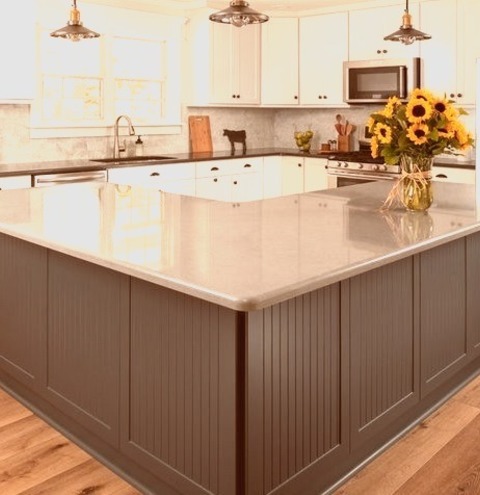
Pantry - Farmhouse Kitchen Kitchen pantry - huge cottage l-shaped medium tone wood floor and beige floor kitchen pantry idea with a single-bowl sink, shaker cabinets, white cabinets, quartzite countertops, gray backsplash, marble backsplash, stainless steel appliances, an island and beige countertops
0 notes
